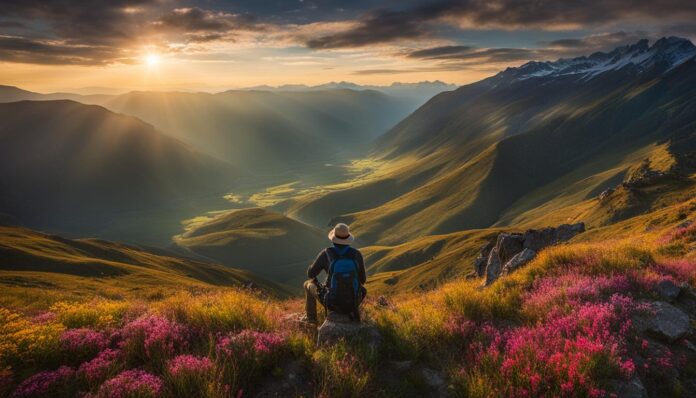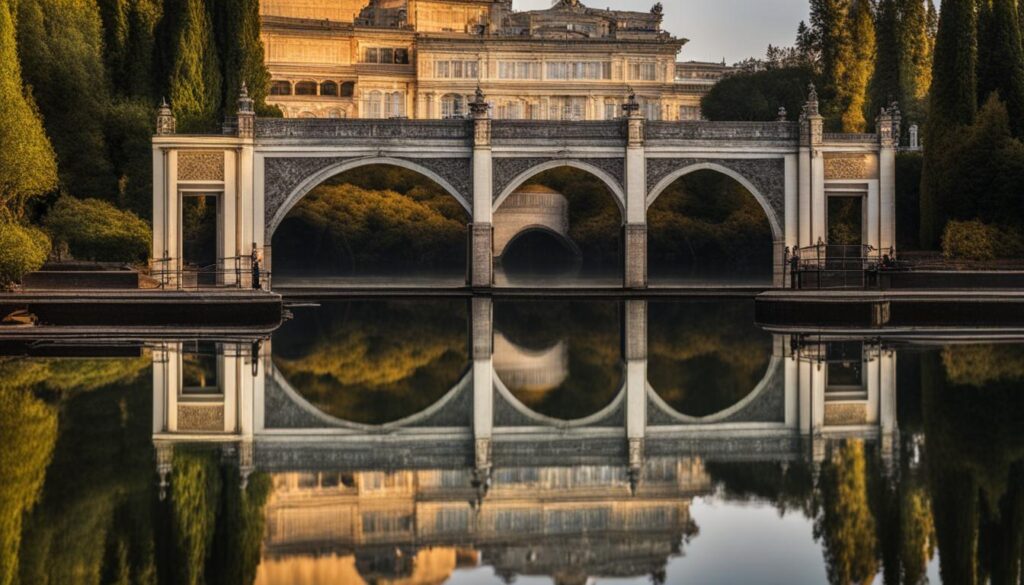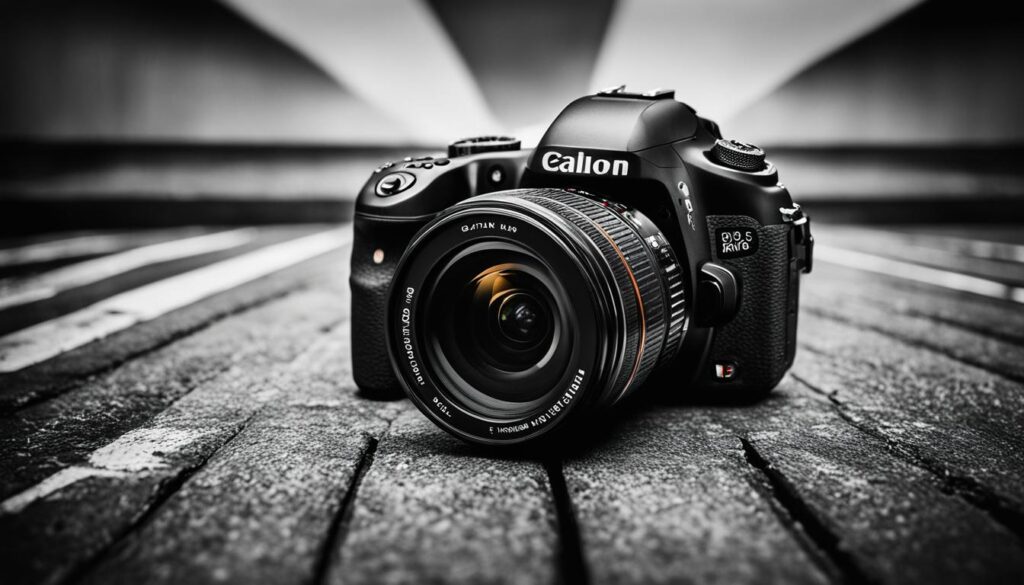Are you looking to improve your photography skills, take your travel photos to the next level, and capture breathtaking images that stand out? How can I improve my travel photography skills and take them to the next level? Look no further than this comprehensive guide, where we share expert techniques and insights to enhance your travel photography skills and transform your shots into works of art.
In this article, you will learn essential techniques such as mastering composition, utilizing lighting, experimenting with camera settings, and developing your unique style. We’ll also share tips on capturing authentic moments, exploring new perspectives, and connecting with local culture and people to take your travel photography beyond the touristy shots.
By following these expert tips and continuously learning and evolving, your travel photography can go from ordinary to extraordinary, take your photography skills to the next level, and achieve a professional standard.
Understand the Basics of Travel Photography
Travel photography is all about capturing beautiful destinations, cultures, and people through your lens. But before you can start taking breathtaking photos, it’s important to understand the basics of travel photography. Here are some essential techniques you need to know:
Composition
Composition refers to the arrangement of elements in a photograph. It’s an important factor in creating impactful and visually pleasing images. The rule of thirds is a popular composition technique where you divide the frame into thirds and place your subject, horizon, or other key elements on the intersecting lines. Leading lines and framing are other techniques that can help you shape your composition.
Lighting
Lighting is another crucial element in photography, and it’s especially important when capturing travel images. Natural light is often the best option, but you can also use artificial light sources to create mood and drama in your photos. The golden hour, which is the time around sunrise or sunset, is an ideal time to capture stunning light.
Camera settings
Knowing your camera settings and how to adjust them according to different situations is essential for capturing great travel photos. Key settings include aperture, shutter speed, and ISO, which all work together to control the exposure of your image.
By understanding these basic travel photography techniques, you can start taking more impactful and visually stunning photos.
Master Composition Techniques
Composition is the art of arranging elements in a photograph to make it visually appealing. A well-composed photograph can make a mundane subject look extraordinary. In travel photography, understanding composition techniques can help you capture the essence of a location and convey its story effectively.
One of the most popular composition rules is the Rule of thirds. It suggests dividing your frame into thirds vertically and horizontally and placing the subject at the intersection of these lines. This creates a more balanced and pleasing composition that draws the viewer’s attention to the subject.
Another essential composition technique is the use of leading lines. Leading lines are lines, straight or curved, that draw the viewer’s attention to a particular point in the photograph. The lines could be anything from roads to bridges to buildings. They create a natural flow across the image and add depth to the composition.
“The leading lines in a photograph can take the viewer on a visual journey through the image.”
Framing is also widely used in composition. Placing a frame around your subject, whether it be a window or a tree branch, can add depth and context to the photograph while drawing the viewer’s attention to the subject.
In travel photography, paying attention to composition can elevate your images to the next level. Experiment with different techniques, and don’t be afraid to break the rules to create something unique and captivating.
Leverage Lighting for Dramatic Effects
Whether you’re shooting at sunrise, under a starry sky, or in harsh midday light, using lighting effectively is crucial for creating dramatic images. Appropriate lighting helps create mood, enhances the sense of depth, and highlights the subject’s features.
One of the best ways to use lighting is during the golden hours, which are the first hour after sunrise and the last hour before sunset. During this period, the light is softer and warmer, creating a beautiful, magical atmosphere. Alternatively, you can experiment with backlit shots, which can create stunning silhouettes
In addition to the golden hour, there are many other lighting techniques you can use to create dramatic effects:
- Use shadows to add depth and texture to your photos.
- Experiment with side lighting, which can bring out details and enhance textures.
- Use a reflector to bounce light and fill in shadows on your subject’s face.
- Use flash to create interesting and unique effects, such as freezing motion or filling in shadows
When shooting in challenging lighting conditions, such as indoors or at night, it’s essential to make the most of any available light. Increase your ISO settings, choose a wider aperture, or use a slower shutter speed to allow more light into the camera.
Key Takeaways
- Lighting is a powerful tool in photography, helping create mood and depth in images.
- The golden hour is a fantastic time to capture beautiful and dramatic images.
- Experiment with different lighting techniques, such as shadows, flash, or side lighting, to create unique effects.
- Use the available light when shooting in challenging conditions and adjust your camera’s settings accordingly.
Experiment with Camera Settings
Understanding your camera settings is essential to take your travel photography to the next level. Whether you’re using a smartphone or a DSLR camera, optimizing exposure, aperture, shutter speed, and ISO can make a significant difference in your photographs.
Exposure: It refers to the amount of light that enters the camera sensor, affecting the brightness and darkness of the image. Correct exposure is crucial, and you can achieve it by adjusting the aperture and shutter speed. Adjusting the aperture lets you control the depth of field, while the shutter speed helps you capture motion in your shots.
Aperture: It refers to the size of the opening in the camera lens that allows light to enter. A lower aperture (a larger opening) creates a shallow depth of field, blurring the background and making the subject stand out. A higher aperture (a smaller opening) creates a deep depth of field, making everything in the frame look sharp.
Shutter Speed: It refers to the amount of time the camera’s shutter remains open, affecting the exposure and motion of the photograph. A slower shutter speed allows the camera to capture more light, making the image brighter, but it also captures motion blur. A fast shutter speed freezes motion, making it ideal for action photographs.
ISO: It refers to the camera’s sensitivity to light. A higher ISO creates brighter images in low-light conditions, but it also increases digital noise and may lower the quality of the image. A lower ISO creates sharper images with less noise, but it requires more light.
Experiment with different camera settings to capture stunning travel photographs in various situations. Mastering these techniques will help you take your travel photography skills to the next level, creating images that truly stand out.
Develop Your Unique Style
One of the most important aspects of photography is developing your own style. This is what sets you apart from others and makes your work stand out. To achieve this, start by finding your creative vision. Take some time to research and analyze the work of other photographers, and explore different genres to find what resonates with you.
Once you have identified the type of photography you connect the most with, practice it and develop your own unique approach to it. It’s important to experiment with different techniques and styles until you finally find what works best for you. This process helps you to figure out what you like and what you don’t like, which is crucial for developing your own style.
Keep in mind that there is no right or wrong way to develop your style, so trust your instincts and allow your personality to shine through your work. When you find a style that feels authentic for you, it will enhance your photography game and take it to the next level.
Emphasize Key Elements of Your Style
When you’re developing your style, it’s important to emphasize certain elements that make it unique. These elements could include the use of certain colors, textures, or lighting techniques, for example. Emphasizing these elements will help make your work identifiable and memorable.
Study and Learn from Other Artists and Creators
One of the best ways to improve your own style is to study the work of others. Look at the work of other photographers, artists, and creators who inspire you. Analyze their style and techniques and try to understand what makes their work so unique. You can learn a lot by studying other artists and applying their techniques to your own work.
Take Risks and Step Out of Your Comfort Zone
Developing your style requires taking risks and stepping out of your comfort zone. Try new things, experiment with different techniques and styles, and don’t be afraid to make mistakes. Every mistake is an opportunity to learn and grow as a photographer. Keep in mind that developing your style is a journey, not a destination. Embrace the process and have fun with it!
Capture Authentic Moments
Travel photography is all about capturing authentic moments that tell stories and evoke emotions. To improve your photography skills, you need to learn how to anticipate and capture candid expressions, emotions, and interactions that reveal the essence of a place.
When you’re traveling, explore your surroundings with curiosity, paying attention to the nuances and details that make a place unique. Look for local people, customs, and traditions that capture the spirit of a place, and try to document them in a respectful and authentic way.
One essential technique to capture authentic moments is to be patient and observant. Take your time, watch people, and wait for the right moment to press the shutter button. Try to anticipate what might happen next and be ready to capture it when it does.
Another crucial skill is to create a connection with your subject. Engage with people, show interest in their lives and stories, and try to build a rapport that creates trust and intimacy. This connection will help you capture more authentic and meaningful images.
“Photography is a way of feeling, of touching, of loving. What you have caught on film is captured forever… It remembers little things long after you have forgotten everything.” – Aaron Siskind
Utilize Post-Processing Techniques
After capturing your travel photographs, taking the time to edit them can significantly enhance their visual appeal. In post-processing, you can refine the color, saturation, sharpness and improve the overall quality of your images.
One of the most popular editing software is Adobe Lightroom. Its user-friendly interface and extensive editing tools make it a go-to option for photographers. With Adobe Lightroom, you can adjust exposure, contrast, and color balance to add more depth and drama to your travel photographs.
| Editing Techniques | Description |
|---|---|
| Adjust Exposure | Modify the brightness and contrast of the image to control the amount of light that enters it and bring out both bright and dark areas in the shot. |
| Color Grading | Adjusting the colors of your photo can completely change its mood and vibe. |
| Enhance Details | Sharpen your travel photographs to make the edges appear crisper, or increase clarity to add more texture to the image. |
Remember, post-processing is an essential part of creating stand-out travel photographs. Don’t shy away from experimenting with different editing techniques to refine your pictures.
Go Beyond the Touristy Shots
To take your travel photography to the next level, you need to go beyond the typical tourist shots and capture unique perspectives and hidden gems. Here are some travel photography tips to help you elevate your skills and capture more compelling images:
- Research your destination: Before your trip, research your destination to find lesser-known spots and unique attractions to photograph.
- Change your perspective: Get creative with your angles and capture shots from low to the ground, from above, or through interesting foreground elements.
- Explore different times of day: Experiment with early morning or late afternoon photography to capture unique lighting and mood.
- Interact with locals: Engage with locals and capture their daily lives and traditions to add depth and authenticity to your travel images. Remember to respect their privacy and seek permission before taking pictures.
- Tell a story: Use your photos to tell a story and capture the essence of your travel experiences.
Getting out of your comfort zone and exploring new perspectives can lead to some of the most impactful travel photos. So, don’t be afraid to take risks and be creative with your photography.
Connect with Local Culture and People
Connecting with the local culture and people is a crucial aspect of travel photography. Your images will be more authentic and compelling if you engage with the locals and understand their traditions. Here are some tips to help you connect with locals while capturing amazing photographs:
- Learn the language: Knowing a few basic phrases in the local language will help you break the ice with the locals and make them feel more comfortable around you.
- Respect their culture: Be respectful of local customs and traditions while taking pictures. Ask for permission before photographing people and their belongings, and avoid offending anyone.
- Be curious: Curiosity is key to capturing unique and fascinating photographs. Take time to explore the local culture and get to know the locals to find interesting subjects and stories.
Connecting with locals can be a truly rewarding experience, both on a personal and photographic level. It may take some initial effort, but the results can be truly amazing.
Continuously Learn and Evolve
Improving your travel photography skills requires a lifelong commitment to learning and experimenting. By continuously seeking new inspiration, techniques, and technologies, you can stay ahead of the curve and take your photography to the next level. Here are some ways you can continue to evolve as a travel photographer:
- Attend workshops and seminars: Workshops and seminars offer excellent opportunities to learn from industry professionals and gain new perspectives on travel photography. Look for courses that align with your interests and experience level.
- Join photography communities: Joining photography communities and forums can help you connect with other enthusiasts and learn from their experiences. You can share your work, get feedback, and participate in challenges to improve your skills.
- Use social media for inspiration: Scrolling through social media platforms like Instagram and Pinterest can inspire new ideas and perspectives for your photography. Follow other photographers and artists whose work aligns with your interests and tastes.
- Experiment with new techniques: Don’t be afraid to try new techniques and styles in your photography. Push the boundaries of your comfort zone to create unique and impactful images that reflect your creativity and vision.
The Importance of Consistency
While it’s essential to continue learning and experimenting, it’s also crucial to maintain consistency in your work. Develop a style and aesthetic that defines your brand and distinguishes you from other photographers. Consistency in your work builds recognition and trust with your followers and clients.
“Consistency is what transforms average into excellence.” – Unknown
Regularly practicing your photography skills, seeking feedback, and learning from your mistakes will help you improve and evolve your craft continually. Remember, there’s always room for growth and learning, so stay curious, connected, and passionate about your travel photography journey!
Conclusion
Congratulations, you have completed this guide to elevating your travel photography skills to the next level. By understanding the fundamentals of travel photography, mastering composition techniques, leveraging lighting, experimenting with camera settings, developing your unique style, capturing authentic moments, utilizing post-processing, going beyond touristy shots, connecting with local culture and people, and continuously learning and evolving, you can take your photography skills to the professional level.
Remember, practice makes perfect, and the more you take your camera out and shoot, the better you’ll become. Embrace the journey, seek inspiration, and stay curious. With dedication and passion, you can capture stunning travel images that truly stand out and evoke a sense of place. Happy shooting!

















































